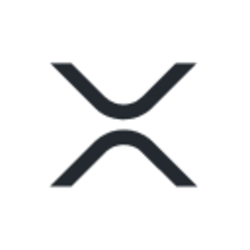- Recently, Ripple CTO David Schwartz offered valuable insights into the clawback feature of the XRP Ledger (XRPL), clarifying its significance and operation within the community.
- The clawback feature is primarily to resolve inaccuracies in the ledger when a digital asset incorrectly reflects a legal obligation.
- Schwartz emphasized that the ledger must be corrected if it shows a legal obligation exists when it does not, according to legal standards.
Discover why the clawback feature in the XRP Ledger is a critical tool for maintaining accurate digital asset records, as explained by Ripple CTO David Schwartz.
Clarity on the Clawback Feature from Ripple CTO
Ripple CTO David Schwartz recently addressed the clawback feature in the XRP Ledger, a topic of considerable interest and debate within the XRP community. Schwartz’s explanation sheds light on the feature’s primary function: to correct cases where the ledger contains incorrect information. He noted that if a digital asset signifies a legal obligation, but the legal system does not recognize this obligation, then the ledger must be considered incorrect and needs to be rectified promptly.
Importance of Clawback in Regulatory Compliance
Schwartz clarified that the clawback feature is critical for regulatory compliance. It’s an optional setting for users before issuing stablecoins, enabling issuers to recover distributed tokens if necessary. For example, if tokens are found in accounts linked to illegal activities, issuers can reclaim those assets, ensuring compliance with legal standards and maintaining the integrity of the ledger.
New Collaborative Efforts in the XRP Ledger Community
The XRP Ledger community is entering a new phase of collaboration. RippleX recently revealed ongoing discussions about transforming the XRPL Foundation into an entity more capable of serving the community’s broader needs. This move aims to foster long-term security and growth for the XRPL ecosystem.
Establishment of an Independent Foundation
One of the critical outcomes of these discussions is the decision to transfer essential assets of the existing XRPL Foundation to a new, independent foundation. This new foundation will have a governance structure designed to represent the entire XRP Ledger community, ensuring decentralized contributions and inclusive growth. Multiple entities, including XRPL Labs, XRPL Commons, and Ripple, along with other community members, are collaborating to achieve this goal.
Conclusion
The insights provided by David Schwartz on the clawback feature are crucial for understanding its role in maintaining ledger accuracy and regulatory compliance. Meanwhile, the efforts to develop a new, more inclusive foundation signify a promising future for the XRP Ledger community. These initiatives highlight a commitment to security, effective governance, and the sustainable growth of the XRPL ecosystem.
